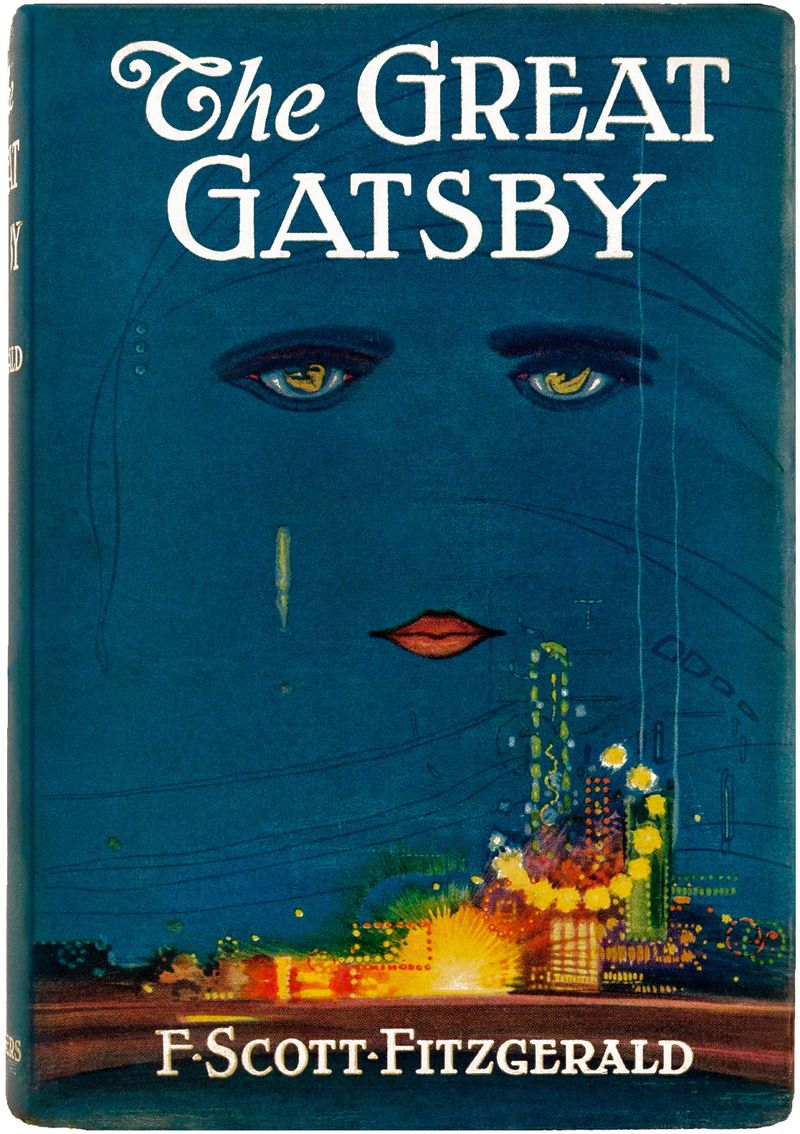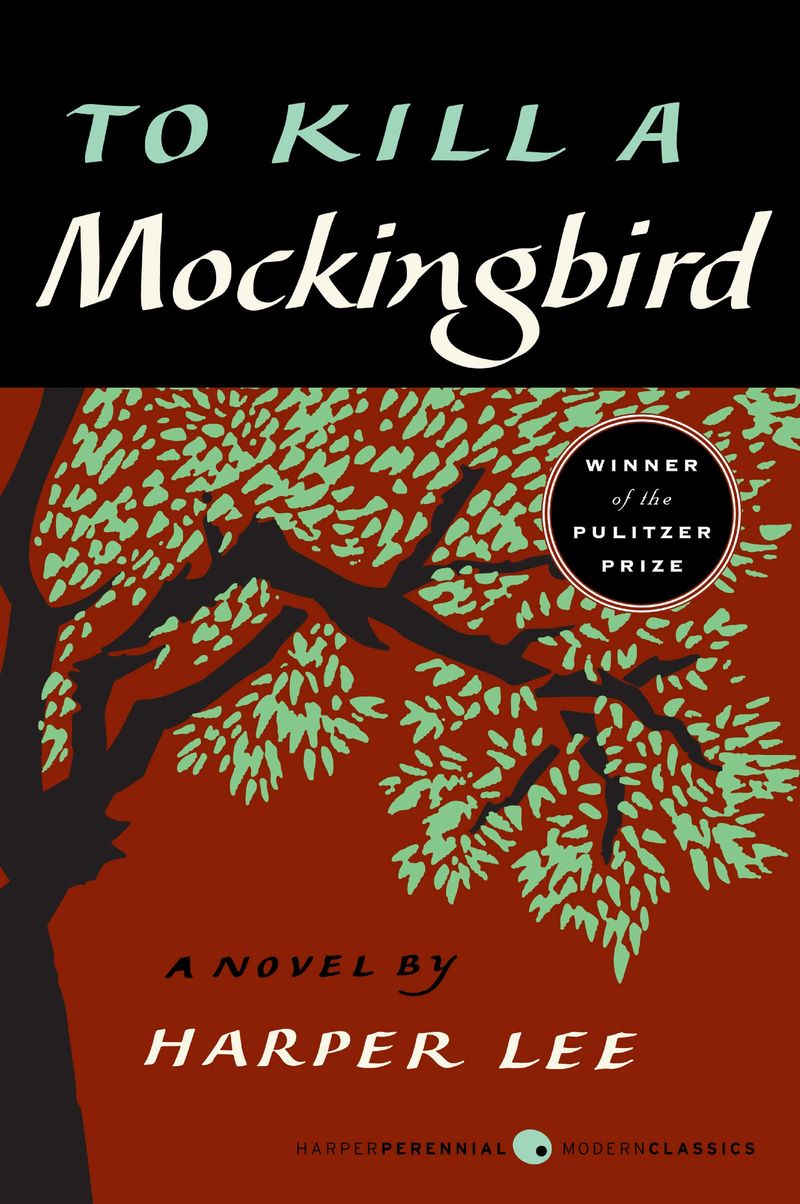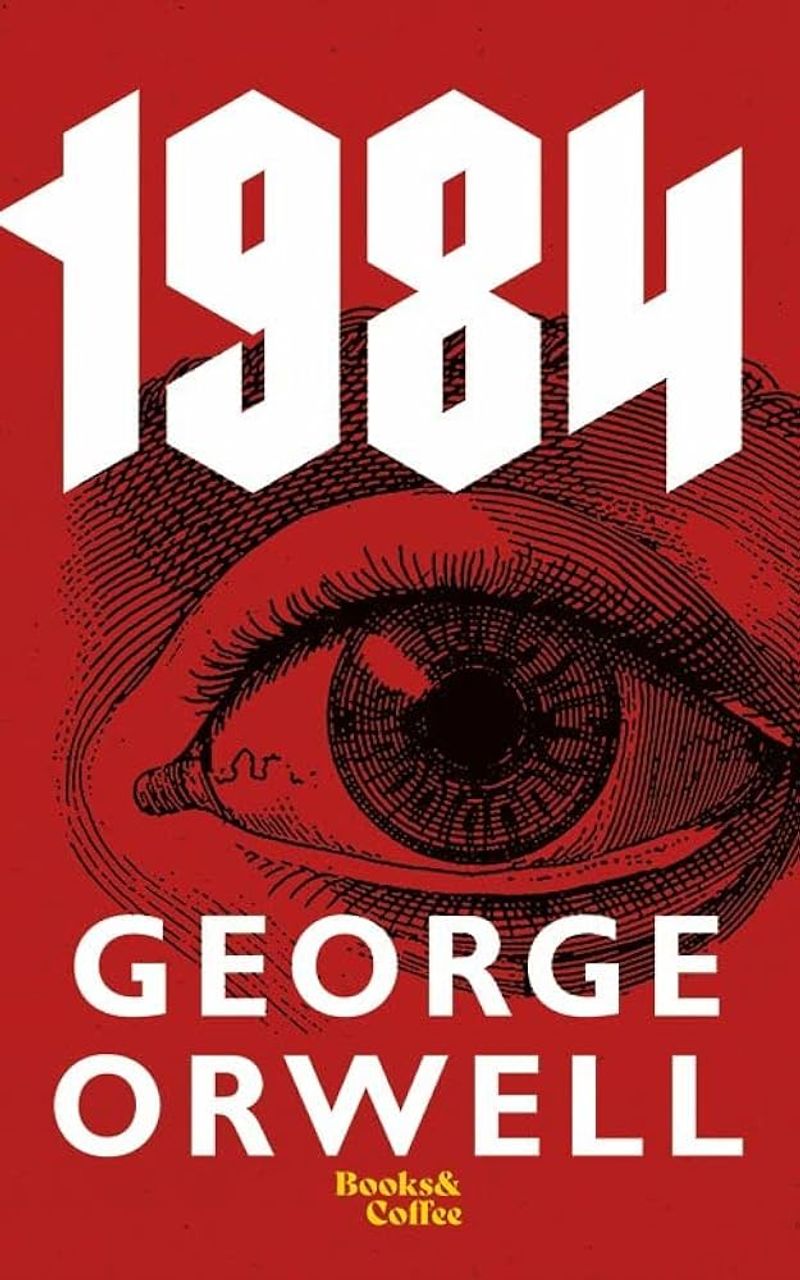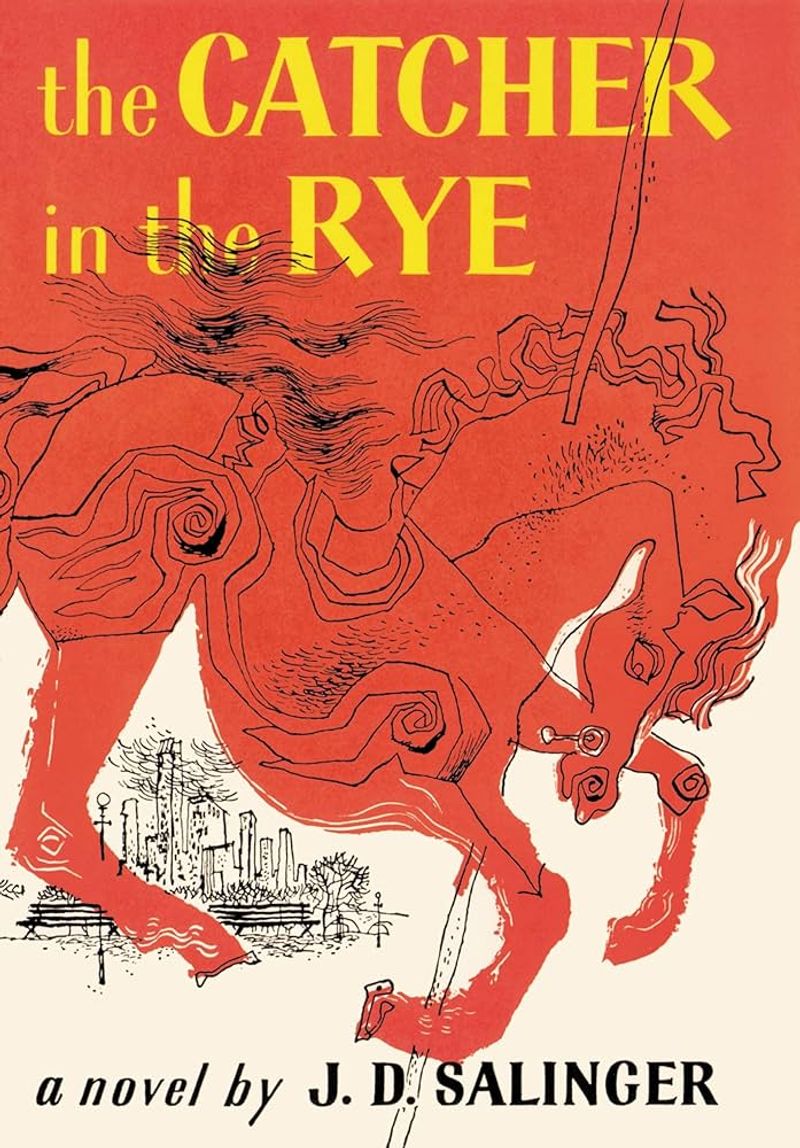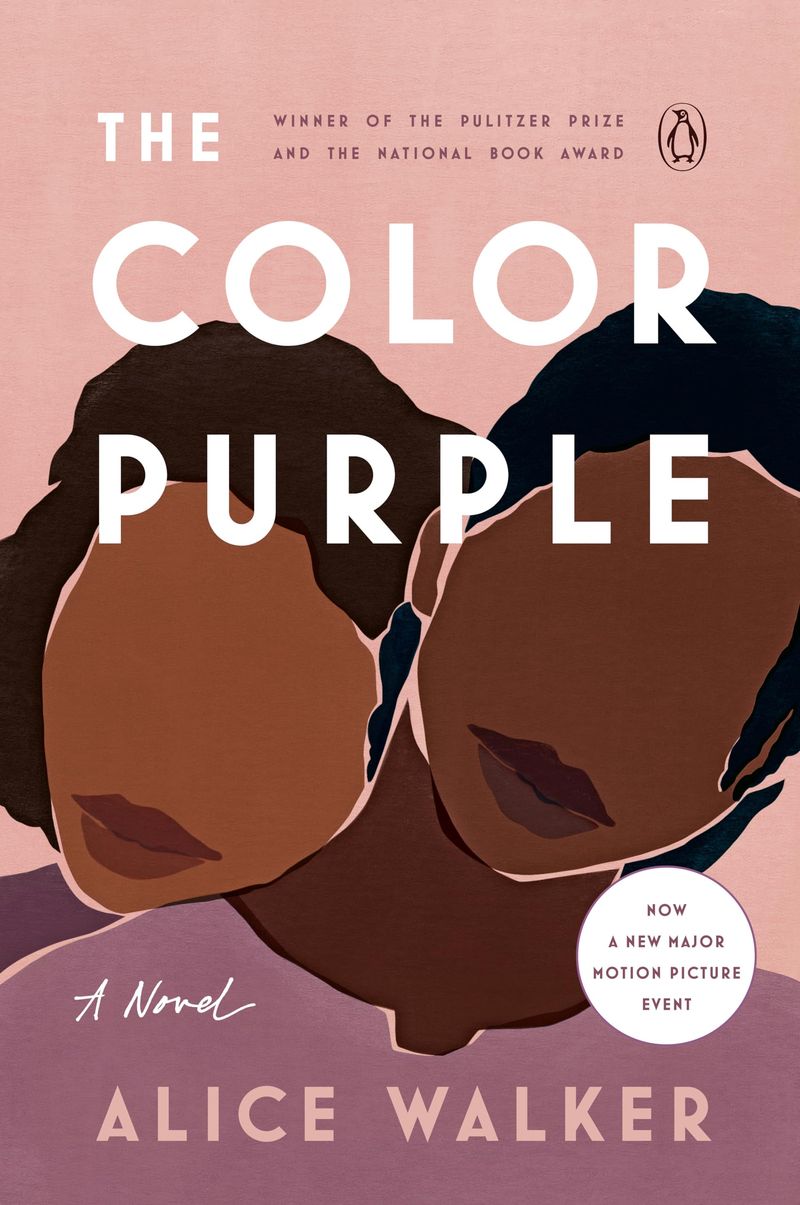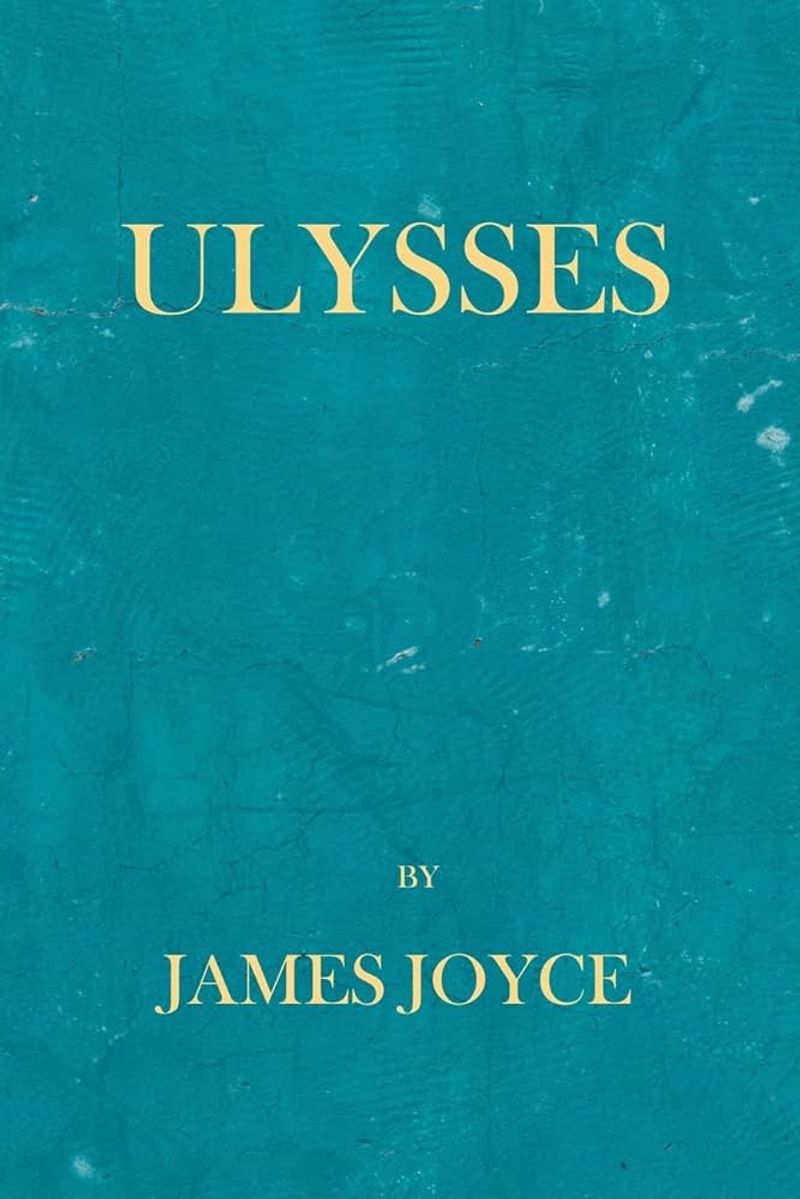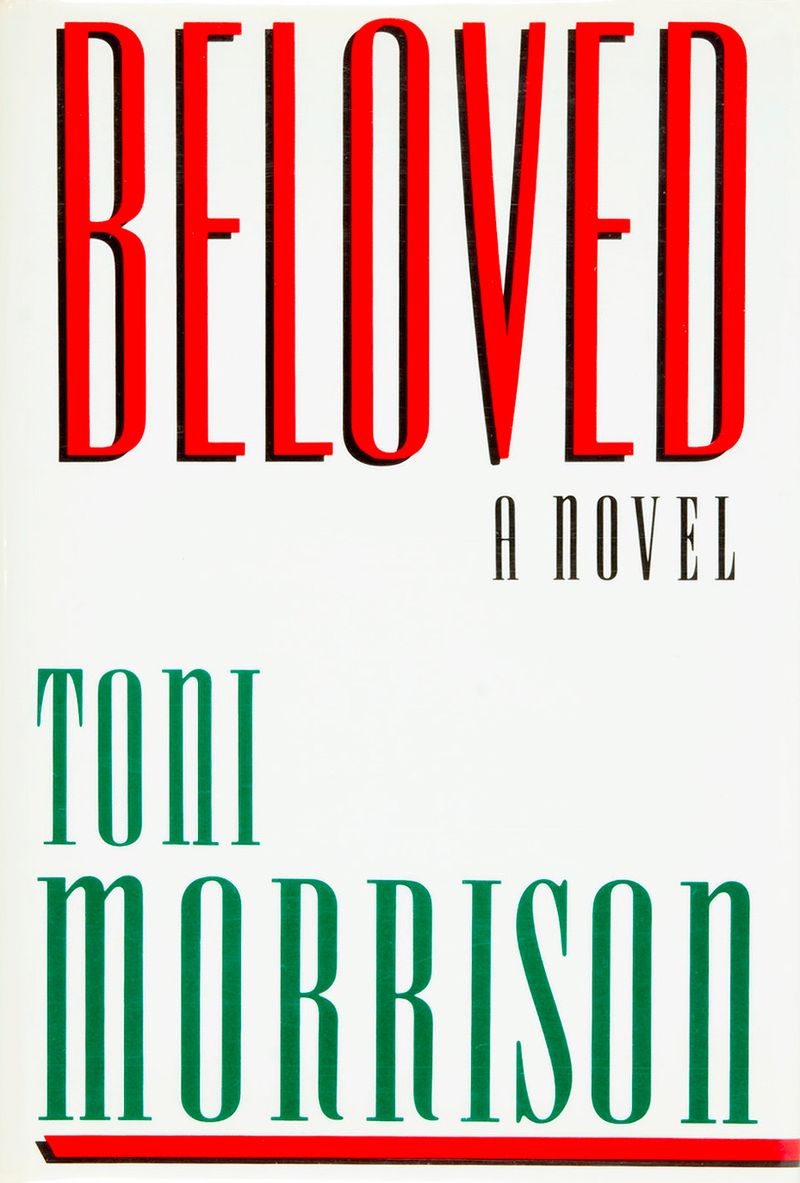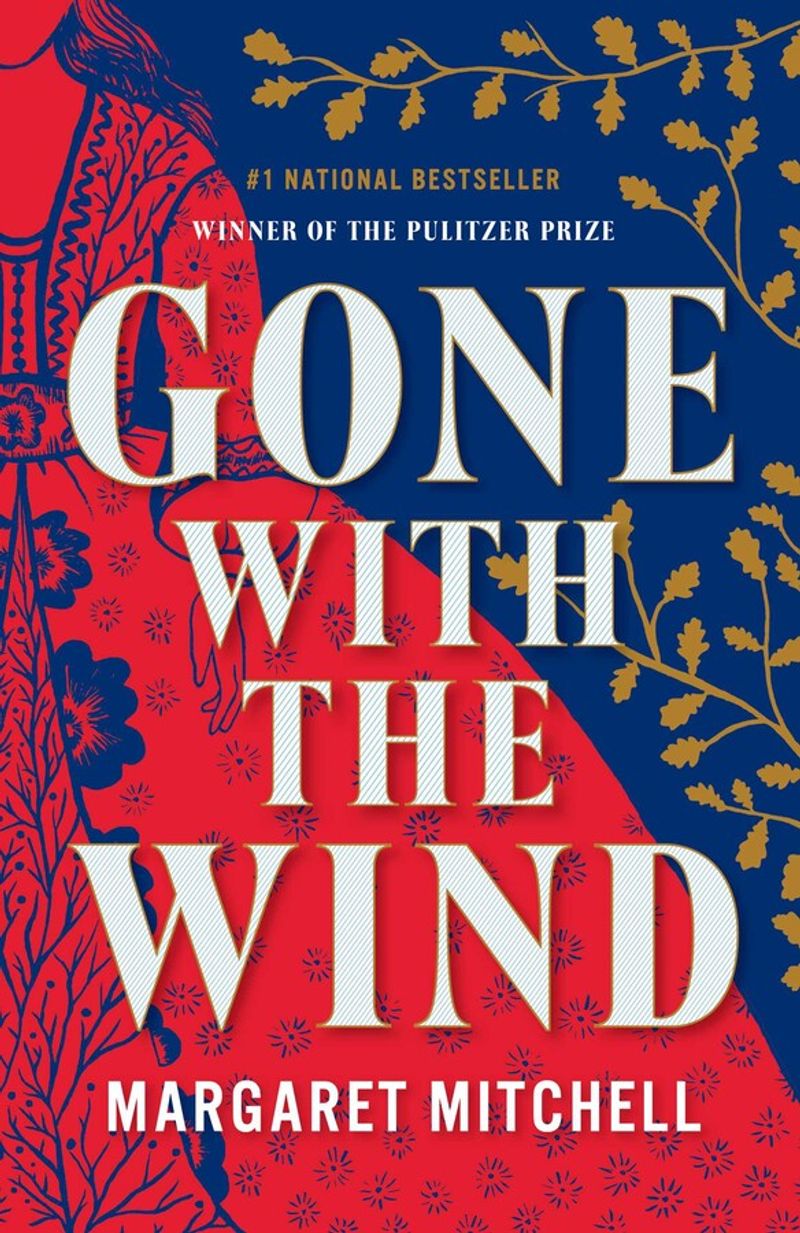Discover the surprising reasons behind the banning of these classic novels, as each one reveals unexpected controversies and societal challenges that led to their censorship.
1. The Great Gatsby by F. Scott Fitzgerald
F. Scott Fitzgerald’s “The Great Gatsby” dazzles with its portrayal of the Roaring Twenties. However, its vibrant depiction of wealth and moral decay led to bans in the conservative 1950s. This classic novel critiques the excesses of its time through the tragic story of Jay Gatsby. Despite its literary significance, the book faced censorship for its references to sex, drinking, and so-called immoral behavior. The bold narrative showcases the darker side of the American dream, making it a target for those uncomfortable with its raw themes.
2. To Kill a Mockingbird by Harper Lee
Harper Lee’s “To Kill a Mockingbird” is renowned for its powerful stance against racism. Yet, this anti-racist novel faced bans for its language and depiction of racial issues. The use of the N-word, intended to reflect historical accuracy, sparked controversy. Critics argue that it may perpetuate racial stereotypes, despite its message of equality and justice. The novel remains a poignant exploration of prejudice, showcasing the struggles of its young protagonist, Scout Finch, as she navigates a world of injustice.
3. 1984 by George Orwell
George Orwell’s “1984” paints a chilling picture of a dystopian future. Ironically, it was banned for both pro-communist and anti-communist sentiments. While some saw it as a critique of Soviet-style totalitarianism, others believed it promoted anti-government views. The novel’s bleak and oppressive atmosphere challenges readers to question authority and freedom. Its portrayal of constant surveillance and thought control remains relevant, making it a fixture in discussions about censorship and governance.
4. The Catcher in the Rye by J.D. Salinger
J.D. Salinger’s “The Catcher in the Rye” captures the angst of teenage rebellion. Holden Caulfield’s journey through New York City resonated with many, yet it faced bans for its portrayal of youthful cynicism. Critics accused the book of promoting disrespect and rebellion. The novel’s candid exploration of adolescence and identity struck a chord with readers, although its impact was seen as controversial. Its association with notable criminal cases further fueled the debate around its influence.
5. The Color Purple by Alice Walker
Alice Walker’s “The Color Purple” unveils the harsh realities of racism and abuse. Celebrated for its authenticity, it was banned for explicit content and perceived anti-white sentiment. The novel’s raw portrayal of Black women’s struggles and empowerment challenged societal norms. Its depiction of lesbian relationships further ignited controversy. Despite the bans, the Pulitzer Prize-winning story remains a testament to courage and transformation, offering readers a profound journey through adversity.
6. Ulysses by James Joyce
James Joyce’s “Ulysses” is a landmark of modernist literature. Its intricate stream-of-consciousness technique led to bans due to explicit content. The novel’s portrayal of personal moments and its experimental style challenged traditional narratives. Censors deemed it obscene, resulting in its burning and restriction. Despite the controversy, “Ulysses” remains a masterpiece, celebrated for its depth and innovation. The book’s exploration of identity and the human experience continues to captivate and provoke thought.
7. Beloved by Toni Morrison
Toni Morrison’s “Beloved” explores the haunting legacy of slavery. Its graphic depiction of violence and horror led to bans in educational settings. The novel’s unflinching portrayal of trauma and its psychological impact challenged readers. Despite the censorship, the Pulitzer Prize-winning story serves as a powerful reminder of history’s scars. Through the eyes of its characters, Morrison delves into memory and redemption. The book’s significance in American literature endures, offering a profound narrative on resilience.
8. The Lord of the Rings by J.R.R. Tolkien
J.R.R. Tolkien’s “The Lord of the Rings” transports readers to a world of fantasy and adventure. Yet, it faced bans for allegedly promoting witchcraft and Satanism. Some religious groups misinterpreted its themes, linking them to occult practices. The epic’s exploration of heroism and friendship, however, remains its core. Despite the controversy, the trilogy has captured the imagination of millions, offering a journey through Middle-earth that stands as a testament to the power of storytelling.
9. Gone with the Wind by Margaret Mitchell
Margaret Mitchell’s “Gone with the Wind” is a sweeping epic of love and war. Initially celebrated, modern critiques have led to bans due to its portrayal of the Confederacy and racial stereotypes. The novel’s romanticized view of the South drew criticism for glossing over the harsh realities of slavery. Despite its controversies, it remains a classic, offering a window into historical perspectives and cultural dynamics. Its enduring legacy in literature continues to spark discussion and analysis.

